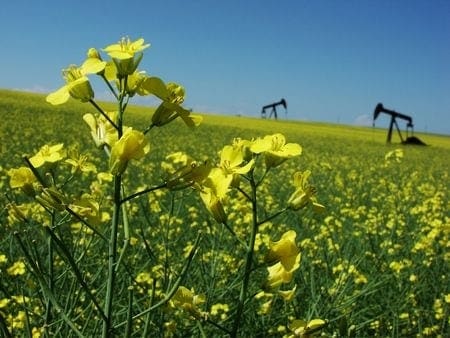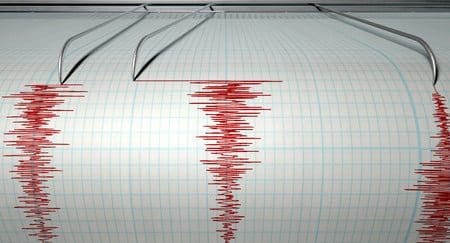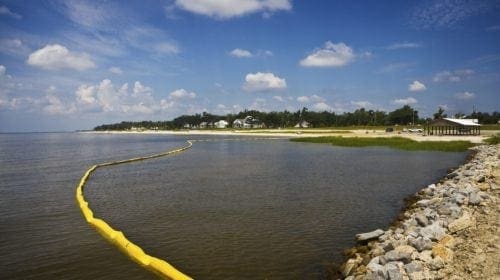Homes and businesses throughout Oklahoma are feeling the effects of daily tremors likely due to the process of oil and gas drilling. While certain seismic activity registers higher on the Richter scale than others, the state outranks California with the highest number of earthquakes in the month of August 2015.
There have been close to 600 quakes rating a magnitude 3.0 or above, Jeremy Boak, director of the Oklahoma Geological Survey, told Oilman. To put things in perspective, the state averaged about two quakes a year prior to 2009. The total for 2015 is expected to be at least 950.
This drastic increase in seismic activities is partly due to how wastewater is disposed of in the Sooner State. Wastewater is currently injected into the Arbuckle Formation, the state’s deepest formation. The water needs to be disposed of underground, and the Arbuckle Formation has been an ideal location.
The formation is porous and allows the water to spread out, but it doesn’t reach the basement rock, which is causing the seismic activity. It is a kind of pore pressure building up and then the rocks shift to relieve some of the pressure, producing earthquakes.
Of the 4,250 current disposal wells, 145 have been closed at this point, and that number is thought to increase in counties where the quake activity is higher. In order to combat the problem, Oklahoma Corporation Commission’s Oil and Gas Conservation Division (OGCD) will be implementing a plan to reduce wastewater disposal well volumes by 38% to fewer than 2.4 million barrels. Those numbers will be similar to 2012, before the sharp increase in quakes within the state.
Necessary steps are being taken to ensure new wells are studied thoroughly on a month-to-month basis and their depths reduced if sizable seismic activity is detected. The new rules will also require testing for wells disposing 20,000 barrels daily.
Oklahoma is not planning to put a moratorium on drilling for the time being as these stricter standards will help decrease the earthquake activity. There is a continued approach to solving the problem with monthly reports, changed approaches and even closing the wells that are not within the guidelines.
As earthquake numbers plateau, the number of concerned producers is on the rise. Several Oklahoma oil producers have voluntarily shut down operations already and more could follow until the entire area sees fewer earthquakes.












